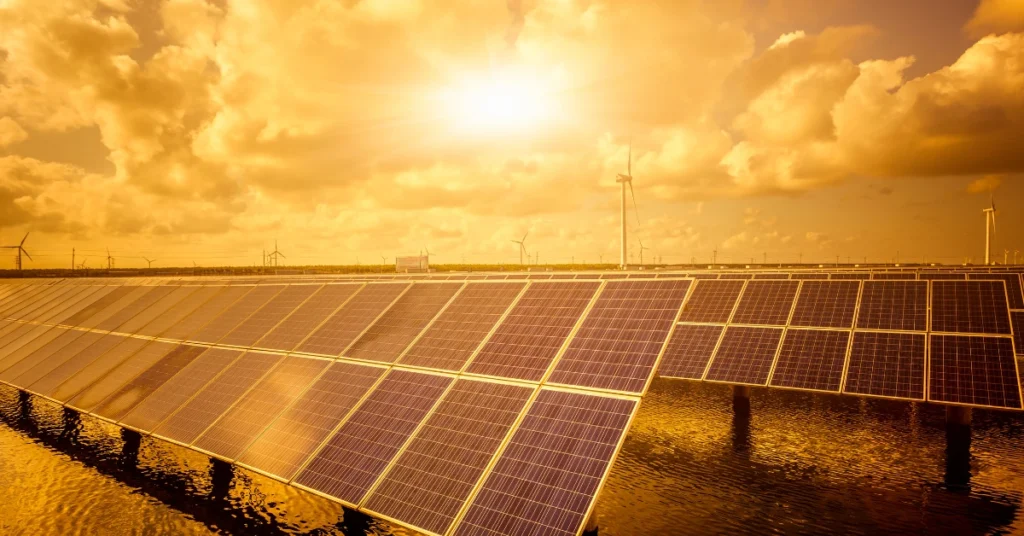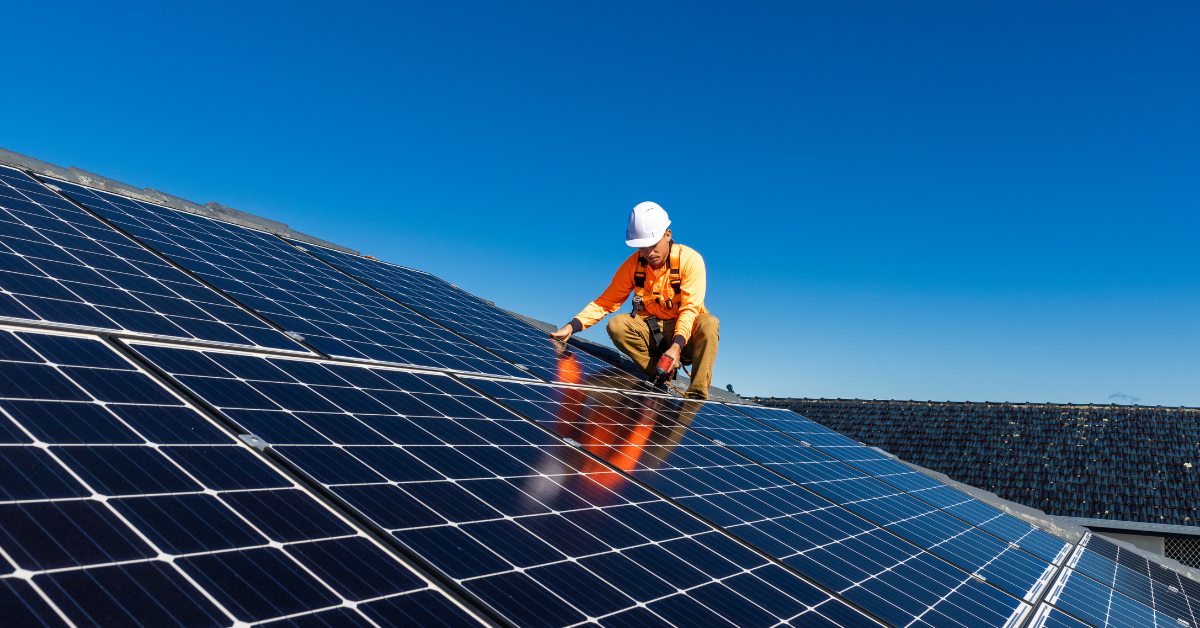Solar energy is a key player in the global push for sustainable power, offering a clean, renewable alternative to fossil fuels. Recent innovations in solar technology are making solar energy more accessible and affordable, helping homeowners, businesses, and communities embrace greener energy solutions. From enhanced solar panels to energy storage advancements, the future of solar energy promises a world where clean power is within reach for everyone.
This article explores the latest innovations in solar technology, how they’re making solar power more accessible, and what this means for a sustainable energy future.
Why Solar Energy is Essential for a Sustainable Future
Reducing Carbon Emissions
Solar energy generates power without emitting greenhouse gases, making it a crucial solution for reducing carbon footprints. Unlike fossil fuels, which release large amounts of CO₂, solar power produces clean energy from sunlight, helping lower emissions and combat climate change. As solar technology advances, its adoption can lead to significant reductions in air pollution and a healthier planet.
Lowering Energy Costs
Solar energy offers an affordable alternative to conventional electricity sources. By generating power from the sun, homeowners and businesses can reduce their reliance on the grid, resulting in lower utility bills. In areas with strong sunlight, solar panels can produce ample energy to power entire homes or offices, drastically cutting energy costs over time.
Increasing Energy Independence
Solar energy promotes energy independence by reducing reliance on imported fuels. As countries invest in solar infrastructure, they create more resilient energy systems that are less vulnerable to price fluctuations and supply disruptions. For individuals, solar installations provide autonomy, allowing them to generate and store their own power, especially in off-grid settings.
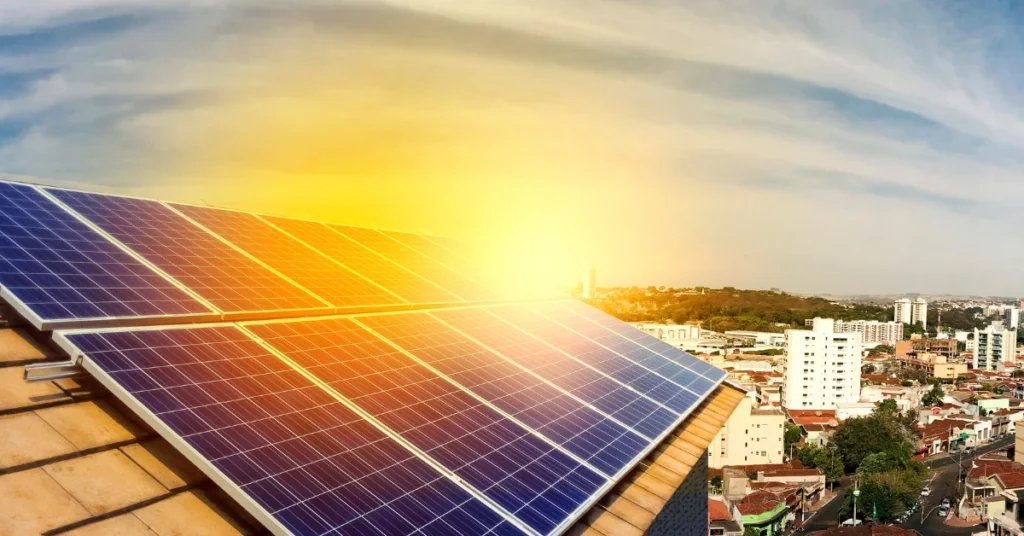
Innovations Making Solar Energy More Accessible
1. Bifacial Solar Panels
Bifacial solar panels capture sunlight on both sides of the panel, increasing efficiency by absorbing light from the front and reflecting light from the back. This design generates more electricity without additional space, making bifacial panels a practical option for urban and rooftop installations.
By capturing more energy per panel, bifacial technology lowers the overall cost of solar installations, making solar more efficient and affordable.
2. Flexible and Lightweight Solar Panels
Flexible solar panels are made from lightweight materials that can be installed on curved surfaces or integrated into everyday items like backpacks and tents. Unlike traditional rigid panels, flexible panels are highly adaptable and easy to transport, making them ideal for portable solar applications.
This technology expands solar access to areas where traditional installations are challenging, such as on vehicles, boats, or temporary shelters.
3. Solar Roof Tiles
Solar roof tiles, or solar shingles, blend seamlessly into roof designs while generating electricity. Companies like Tesla have developed solar tiles that mimic traditional roofing materials, allowing homeowners to install solar energy systems without compromising aesthetics.
Solar roof tiles provide an unobtrusive alternative for those who want the benefits of solar power without visible panels, making solar energy more appealing to a broader audience.
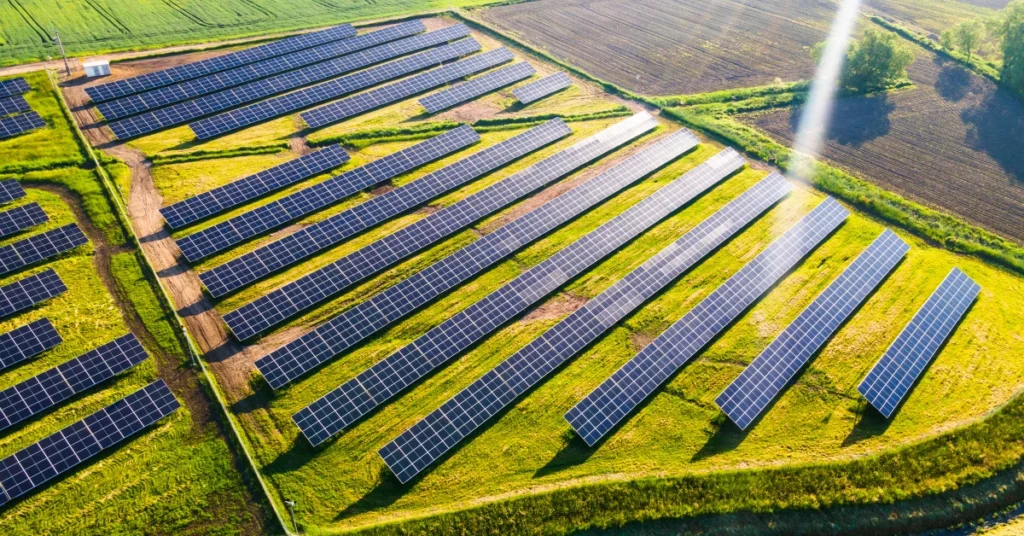
Advancements in Solar Energy Storage
Battery Technology and Energy Storage
Advancements in battery technology are making it easier to store solar energy for use during cloudy days or at night. Lithium-ion batteries, commonly used in electric vehicles, are now being integrated into solar energy systems to provide reliable backup power. By storing excess solar energy, these batteries help maximize energy usage and reduce reliance on the grid.
With falling battery prices and improved efficiency, energy storage solutions are becoming more accessible for homeowners and businesses alike.
Hydrogen Fuel Cells
Hydrogen fuel cells represent a promising energy storage solution for solar power. These cells use electrolysis to split water into hydrogen and oxygen, storing energy in the form of hydrogen gas. When needed, the hydrogen can be converted back into electricity, providing a clean, efficient power source.
Although still in the early stages, hydrogen fuel cells could offer an alternative to traditional batteries, especially for large-scale solar installations.
To understand how fuel cells work and their role in clean energy, take a look at this detailed guide from the U.S. Department of Energy on Fuel Cells. It explains the technology behind fuel cells and their applications in powering everything from homes to vehicles.
Vehicle-to-Grid Technology
Vehicle-to-grid (V2G) technology allows electric vehicles (EVs) to store solar energy and share it with the power grid. With V2G, EVs can act as mobile batteries, storing solar energy during the day and returning excess power to the grid during peak demand hours. This technology promotes energy flexibility and helps balance electricity supply and demand.
As EV adoption grows, V2G technology could support more stable, resilient solar-powered energy systems.
o learn about the potential of vehicle-to-grid (V2G) technology in supporting sustainable energy, check out this article on What is Vehicle-to-Grid Technology for Electric Vehicles? from EV Connect. This resource explains how V2G technology allows electric vehicles to interact with the power grid, providing benefits for both EV owners and energy systems.
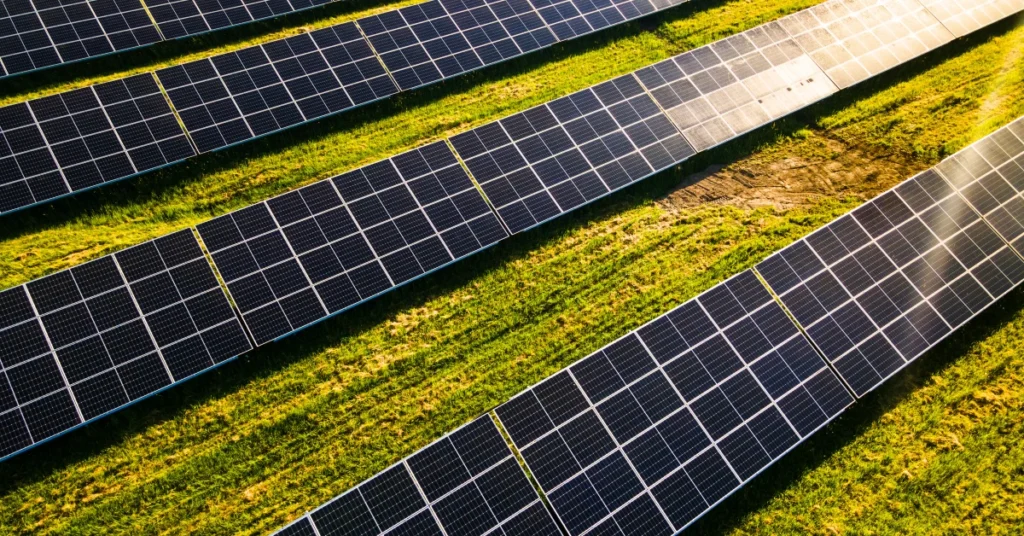
Making Solar Affordable and Accessible
Government Incentives and Subsidies
Many governments offer incentives, tax credits, and subsidies to make solar installations more affordable for homeowners and businesses. These programs reduce the upfront cost of solar systems, helping more people access clean energy. In some regions, governments also provide grants or rebates for battery storage solutions, making renewable energy even more attainable.
With continued government support, solar energy is expected to become more accessible, leading to widespread adoption.
Community Solar Programs
Community solar programs allow individuals and businesses to share a central solar power source, making solar energy accessible to people who may not be able to install panels on their property. Participants in a community solar project receive a share of the power generated, lowering electricity costs and reducing their carbon footprint.
Community solar initiatives make clean energy available to a wider audience, including renters and urban residents.
Solar Leasing and Power Purchase Agreements (PPAs)
Solar leasing and power purchase agreements (PPAs) allow homeowners and businesses to install solar panels without paying upfront. With a solar lease, the provider owns the panels, and the user pays a monthly fee. In a PPA, users pay for the electricity generated at a reduced rate.
These options make solar energy more affordable, enabling individuals to enjoy the benefits of clean energy without significant financial commitment.
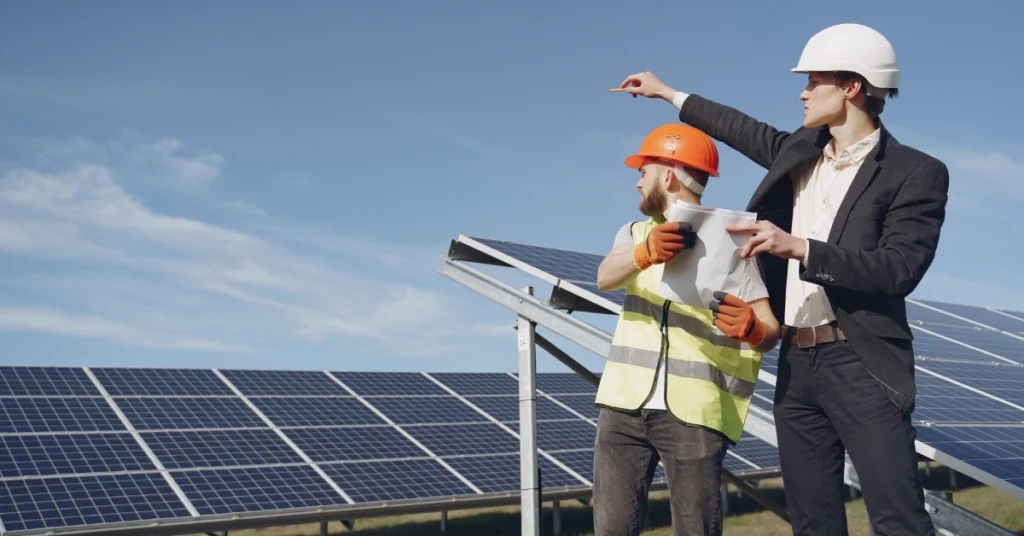
Environmental and Economic Benefits of Solar Accessibility
Lowering Environmental Impact
As solar technology becomes more accessible, a larger number of people can reduce their reliance on fossil fuels, lowering carbon emissions and pollution. Accessible solar energy contributes to cleaner air, improved public health, and reduced environmental degradation.
Increasing the adoption of solar energy also decreases demand for non-renewable resources, supporting a more sustainable planet.
Job Creation in the Renewable Energy Sector
The solar industry is a growing source of employment, with jobs in manufacturing, installation, and maintenance. As more people adopt solar energy, the demand for skilled workers increases, creating economic growth in the renewable energy sector.
Accessible solar technology contributes to a thriving green economy, supporting sustainable job creation worldwide.
As technology advances, sustainable living becomes more achievable. Learn more about how innovation drives eco-friendly solutions across sectors, from energy to transportation, in our article on The Future of Electric Vehicles: HowThey’re Shaping Sustainable Transportation.
Energy Security and Independence
Solar accessibility promotes energy security by reducing reliance on centralized power sources. With solar installations, communities become less dependent on grid electricity and less vulnerable to outages. Solar power also helps diversify energy sources, supporting stable, resilient energy systems.
By investing in accessible solar solutions, individuals and communities contribute to a more secure and independent energy future.
Conclusion
The future of solar energy is bright, with innovative technologies making it more accessible, affordable, and efficient. From flexible solar panels to advanced energy storage solutions, these advancements empower individuals and communities to adopt clean energy and reduce their environmental impact. By investing in solar power, we can build a sustainable future that prioritizes clean, renewable resources and minimizes carbon emissions.
With ongoing support from governments and the renewable energy industry, solar energy is on track to become a mainstream energy source, providing a greener and healthier world for generations to come.
For readers interested in practical eco-friendly upgrades, solar energy is just one of many ways to create a more sustainable home. Discover additional Eco-Friendly Home Improvements for Any Budget to explore affordable, impactful changes that reduce your environmental footprint.
